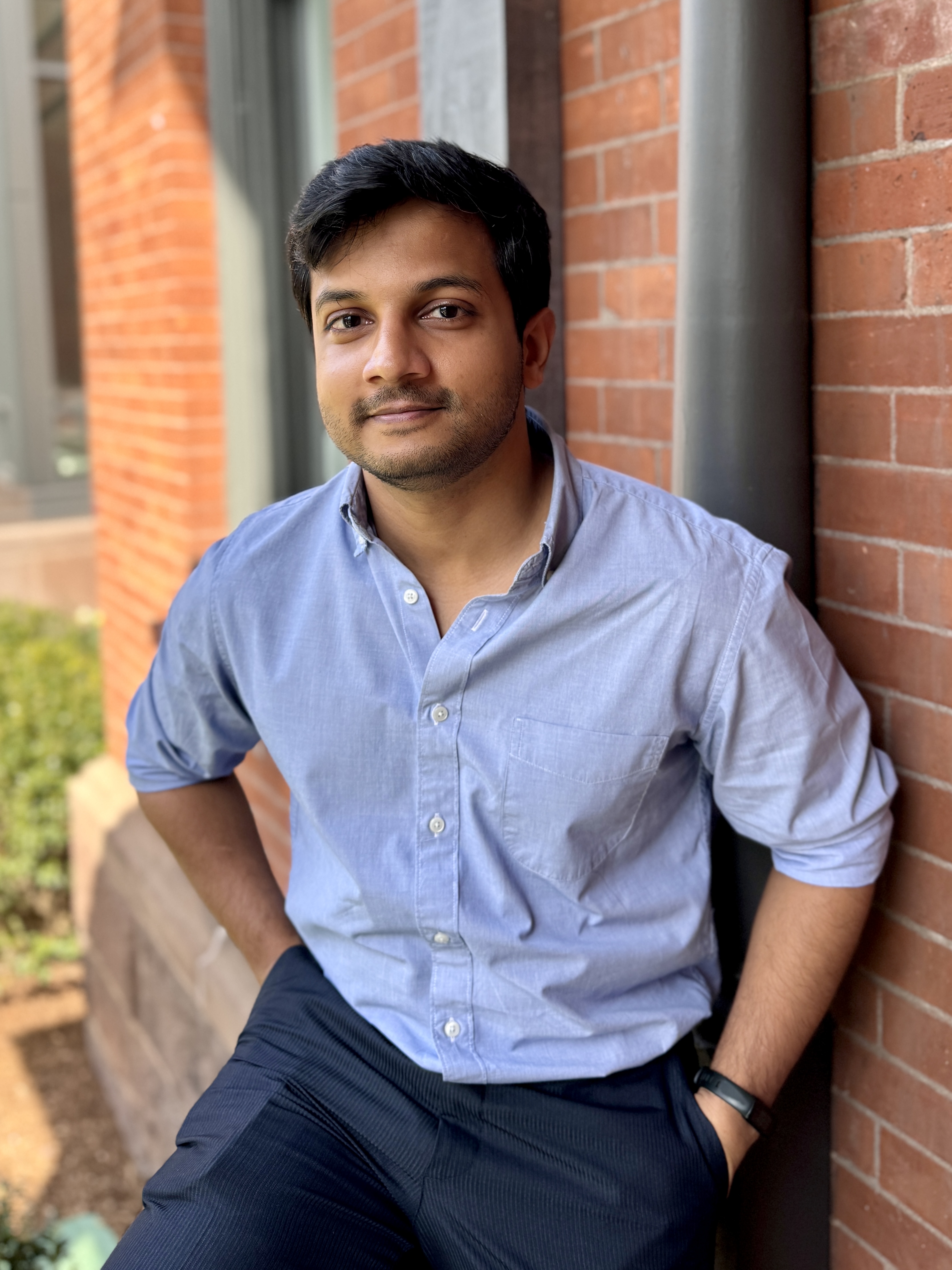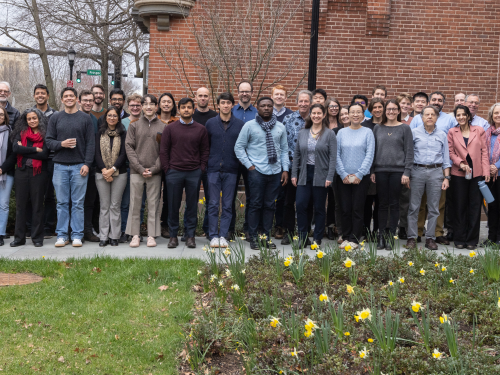EGC Affiliate Spotlight: Sagar Saxena
by Peter Zhang
April 11, 2024

India boasts large and long-running government-sponsored programs to support its agricultural markets. These programs have been in place since the 1960s and 70s and impact hundreds of millions of people directly since agriculture is the primary source of income for nearly half of the country’s workforce. Three of the most important programs which aim to support both farmers and households are: fertilizer subsidies, wholesale crop procurement at attractive pre-announced prices, and the sale of subsidized grains to low-income households. While there is extensive work on the scope and nature of the individual programs, little is known about their combined economic effects on producers and consumers.
To address this gap, new research by Sagar Saxena, a postdoctoral associate at the Economic Growth Center (EGC), and coauthor Shresth Garg examines how these three agricultural intervention programs interact with each other and assesses their overall impacts on farmers and households. Using a structural model of supply and demand in India’s agricultural sector, they find that consumers – especially lower-income consumers – and large farmers benefit from these programs, while smaller farmers are unaffected, if not slightly harmed.
For Saxena, who began his economics career in the policy-oriented field of industrial organization (IO), the paper’s combination of large government datasets with intricate models of individual farmers’ decision-making processes underscored the potential of using IO tools to pursue development economics research.
From industrial organization to development economics
Originally from Uttar Pradesh, one of India’s poorest states, Saxena was always interested in how governance and public policy affects people’s lives. This translated into a wide range of academic interests, including history, political science and international relations. While studying in Geneva, Switzerland, to pursue these interests, however, conversations with professors shifted his interest towards economics, which he hoped could help “settle [the] debates” about policy questions that he had long puzzled over through other disciplines.
After completing his undergraduate studies, Saxena worked in economic consulting. Working on topics related to antitrust and competition exposed him to IO, a policy-oriented field in economics that often uses large datasets with theoretical models of firm and consumer behavior – which led him to begin a PhD program in IO at Harvard.
But during the second year of his PhD program, Saxena took a course in development economics – a field in which he initially had little interest. Here, he was exposed to a suite of interesting theoretical models of firm and household behavior in developing countries but found that the related empirical work only tested some of the main predictions of these models in field experiments. This slight disconnect between theory and empirical work, he realized, was a methodological ‘niche’ for himself: given his training in IO, he could more closely align theory and empirics, and potentially use these empirical models to simulate "policy experiments" to answer questions that could not be answered through field experiments alone. He quickly imagined a wide range of applications and policy areas that could be pursued through such an approach.
Looking back on how this course redirected his academic journey, Saxena offered a sentiment echoing the late economist Robert Lucas, “Once I started thinking about applications of IO tools for answering development-related questions, it was hard to think about anything else.” As he attended IO seminars, watching speakers present research typically focused on the US, Saxena's mind would wander to how these empirical models could be tailored for developing countries, imagining the untapped potential if only the right data were accessible.


 Expanding horizons about ‘structural’ development
Expanding horizons about ‘structural’ development